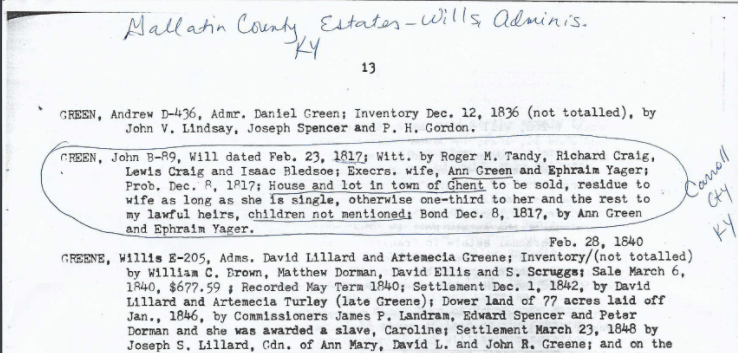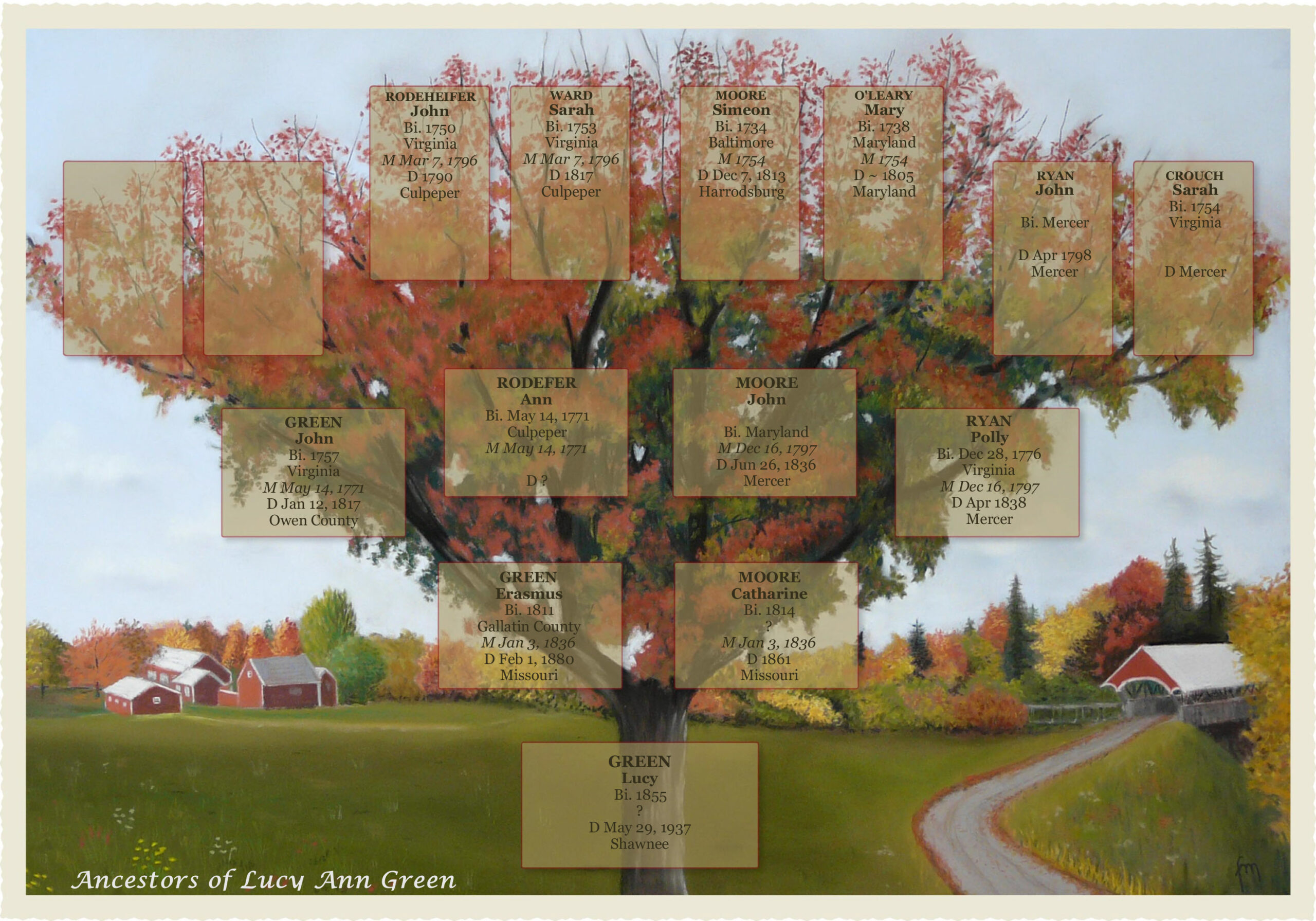Kentucky Day 1: Kansas City to Louisville
Bags packed and ready for an adventure, Kim and I left Lake Tapawingo around 11 AM and headed east toward Louisville. Four months into the pandemic, family and friends questioned the sanity of traveling, but we'd missed our Paris trip and promised we'd be careful, social distant, masked, away from crowds. Travelling with Kim is a pleasure; eight hours of road time passed quickly, as we drove through Illinois, a bit of Indiana and finally arrived in Louisville.
We were both excited. Due to the prevalence of the coronavirus, we were able to use Hilton Honors to score free hotel rooms for very few points, and with gas at less than $2 per gallon, this trip was virtually gratis.
We were particularly excited about our stay in Louisville. The historic Seelbach Hotel, former haunting ground of the late, great, F. Scott Fitzgerald, was available at the same rate as a suburban Hampton Inn. Score!
Louisville was also an important stop on our ancestral journey: Simeon Moore, our 5th ggf had been one of the founders of Louisville in 1789. His name appears as one of the original Trustees, and we had located his original plot, one of only a hundred, at the current site of the Kentucky Science Museum.

As soon as we arrived in Louisville, we knew why we'd been able to score the Seelbach at the lowest tier of Hilton point. The hotel is located in the heart of downtown, just half a block from the entertainment district, but we quickly noticed the boarded up storefronts, broken windows and empty streets, other than a heavily armed police presence. What on earth was going on?

Breonna Taylor. I'm going to try to avoiding opining on the situation, other than to say the killing of Breonna Taylor followed a pattern of police aggression toward people of color that became glaringly public during 2020. On March 13, plain-clothed law enforcement executed a no-knock search warrant at Taylor's residence for a person not presently residing there, Taylor's boyfriend shot at the intruders, hitting one officer in the knee, because he feared he and Taylor were being attacked. In the melee that ensued, police shot into the apartment 36 times, unloading five or six shells into Breonna, killing her. There are some allegedly "extenuating" circumstances: the person for whom the warrant was issued had used Taylor's address to receive (what the police said were) suspicious packages. Without commenting on specifics, I will say that I believe no-knock warrants are rarely warranted, but never having served in law enforcement, I cannot say they are never warranted. In this case, its use was ill-advised at best and Taylor's death was absolutely unnecessary. I understand why people were pissed.
That anger led to nationwide protests, including one in Lousville on July 25. The day before we arrived, in the block on which the Seelbach stood, thousands of protesters had taken to the streets.

We arrived to survey the aftermath. Downtown Louisville looked like a war zone. While I do not condone rioting and violence for any reason, I understand that the damages were caused by a fringe element. The vast majority of the protesters were exercising their First Amendment right to peaceably gather.
The Seebach was, nonetheless, very beautiful. Stepping across its threshold was like walking into another era, and another world. Decorated in high art deco style, it felt miles away from the street outside.

We settled into our room and decided to get a bite to eat. We walked to the entertainment district. Everything was closed. We finally stepped into the Sport & Social Club, had a few drinks and some great food, and went directly back to the Seelbach. We decided to forego seeing Louisville and head directly the next morning to our next destination.

Just like us, Simeon didn't stay in Lousiville for long. He headed to the broader plains of Mercer County, along with his friend and brother-in-law James Harrod. We'll be there in a few days.


